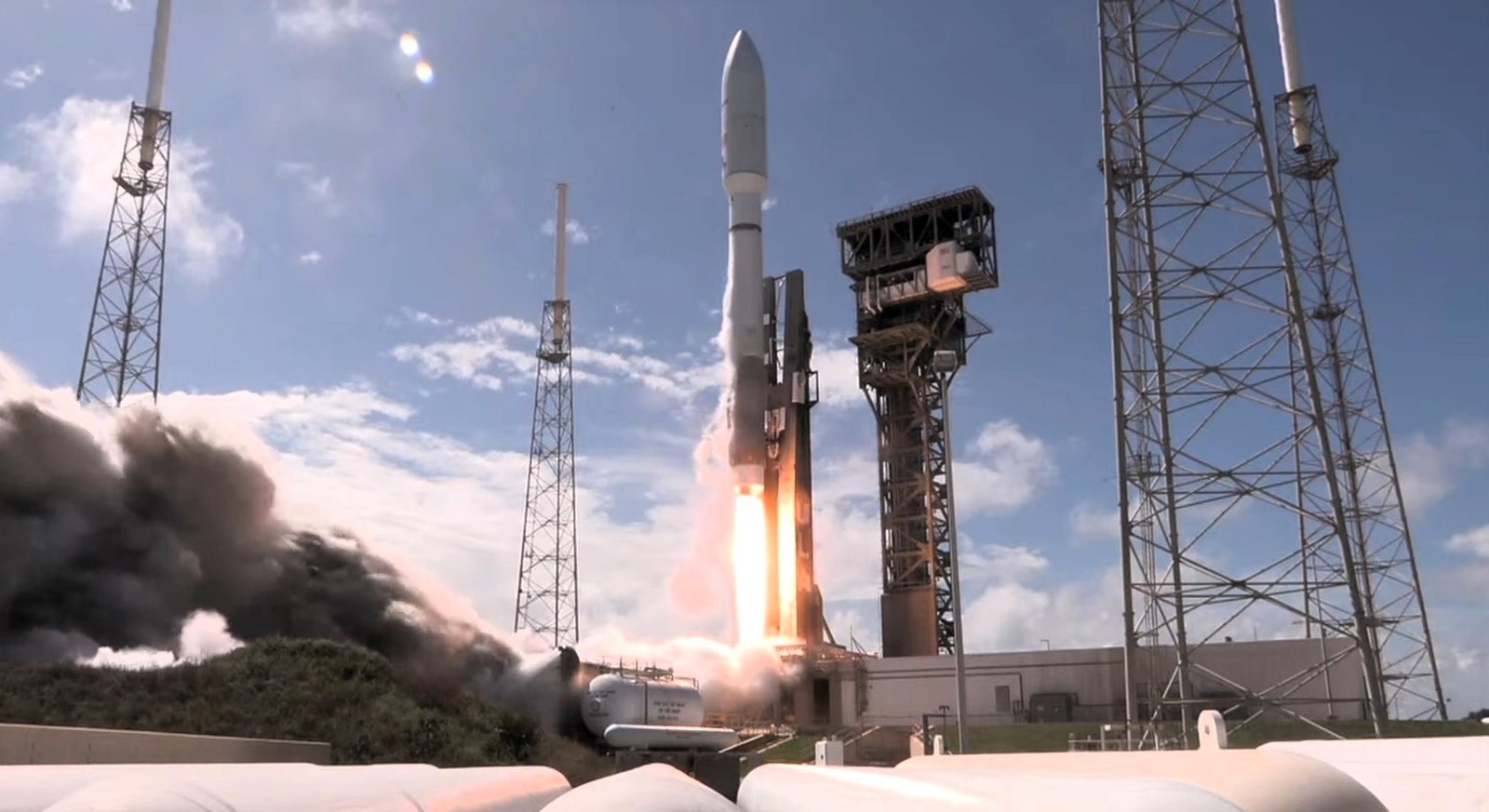Amazon’s Project Kuiper, a broadband satellite constellation, is set to enter commercial satellite production next month following successful end-to-end tests of two prototypes.

Amazon’s Project Kuiper, a broadband satellite constellation, is set to enter commercial satellite production next month following successful end-to-end tests of two prototypes, KuiperSat-1 and KuiperSat-2.
The prototypes demonstrated fiber-like speeds after launching to low Earth orbit last month from a test site in McAllen, Texas. With more than 3,200 production satellites planned, Project Kuiper is on track to commence launches in the first half of 2024, offering beta services later that year. The early partners for these services include telecom companies Vodafone and Verizon.
Rajeev Badyal, the vice president of technology for Project Kuiper, stated that the successful tests have paved the way for production without design changes. The company plans to group satellites together to provide seamless connectivity in specific areas for potential customers.
While Badyal did not disclose the number of satellites for the early services, he assured that there would be plenty for selected customers to conduct continuous use case tests, such as cellular backhaul.
Project Kuiper’s prototypes demonstrated broadband speeds comparable to terrestrial networks during limited contact windows as they passed over the Texas test site. Amazon has not released specific performance metrics, but the company’s three prototype customer terminals, introduced earlier this year, boast speeds of up to 1 gigabit per second.
During recent demonstrations, Project Kuiper engineers successfully conducted data traffic in both directions over the space network, including logging into an Amazon Prime account, browsing products, and checking out, as well as buffering and streaming an ultra-high definition (UHD) 4K video. The network exhibited high throughput and low latency.
Badyal emphasized that every component is operating as designed, marking a significant milestone for Amazon, which lacked internal satellite design and building capabilities five years ago.
While core prototype tests are completed, the company plans additional experiments to assess the impact of radiation on solar arrays and ensure the constellation’s resilience in space. These experiments may take several months.
Amazon will begin building commercial satellites at a facility in Kirkland, Washington, and is set to open a satellite processing facility at NASA’s Kennedy Space Center in Florida next year to accelerate deployment.
The production satellites will mirror the prototypes in size, with analysts estimating each satellite to be over 500 kilograms based on Amazon’s multibillion-dollar launch agreement with United Launch Alliance (ULA), Arianespace, and Blue Origin.
Project Kuiper aims to deploy half the constellation (1,618 satellites) by July 2026, as per Federal Communications Commission license rules, and complete the remainder by July 2029. Despite commitments for 77 heavy-lift launch vehicles, challenges remain, as some rockets are still in development and have yet to enter service.